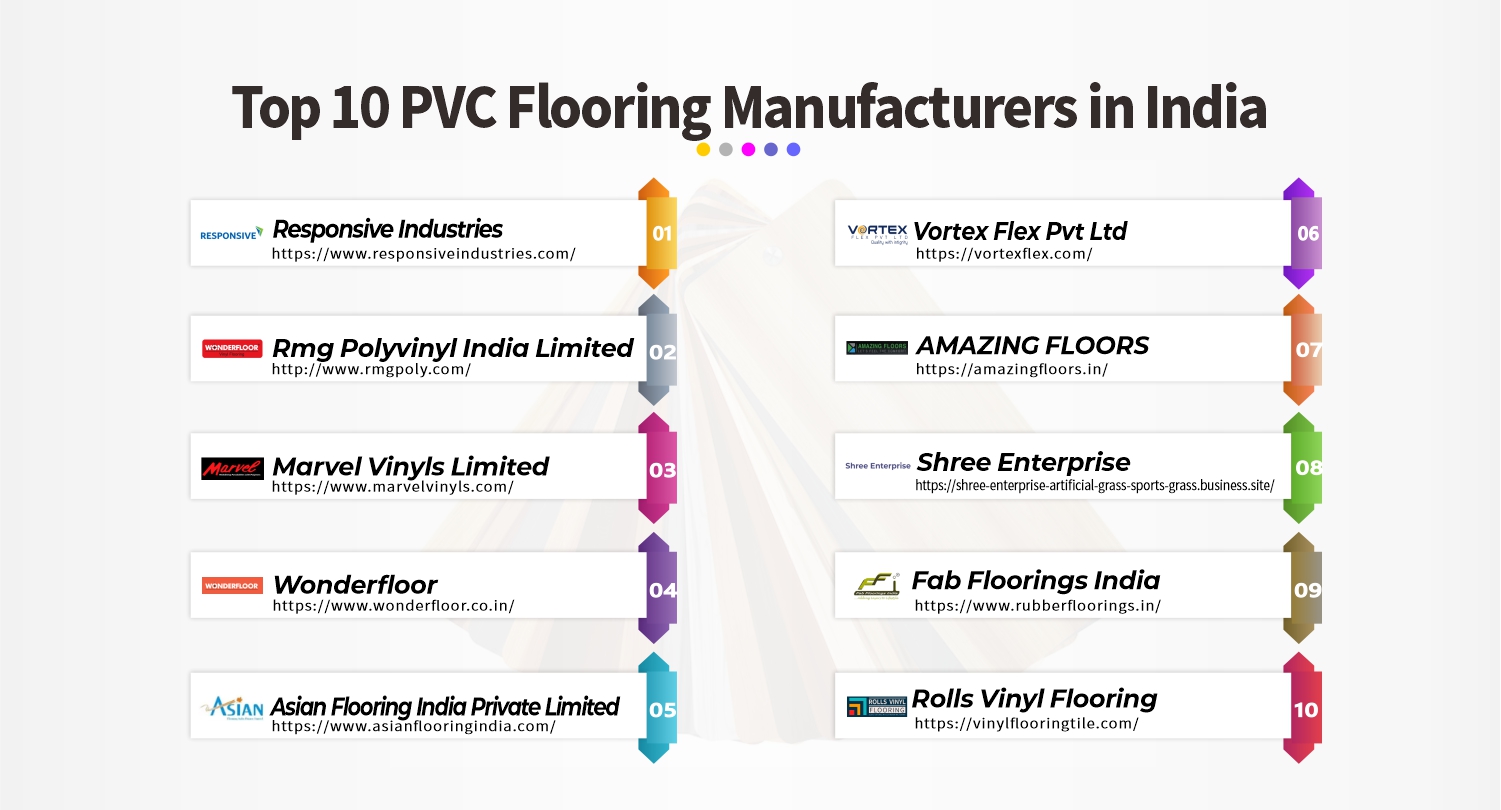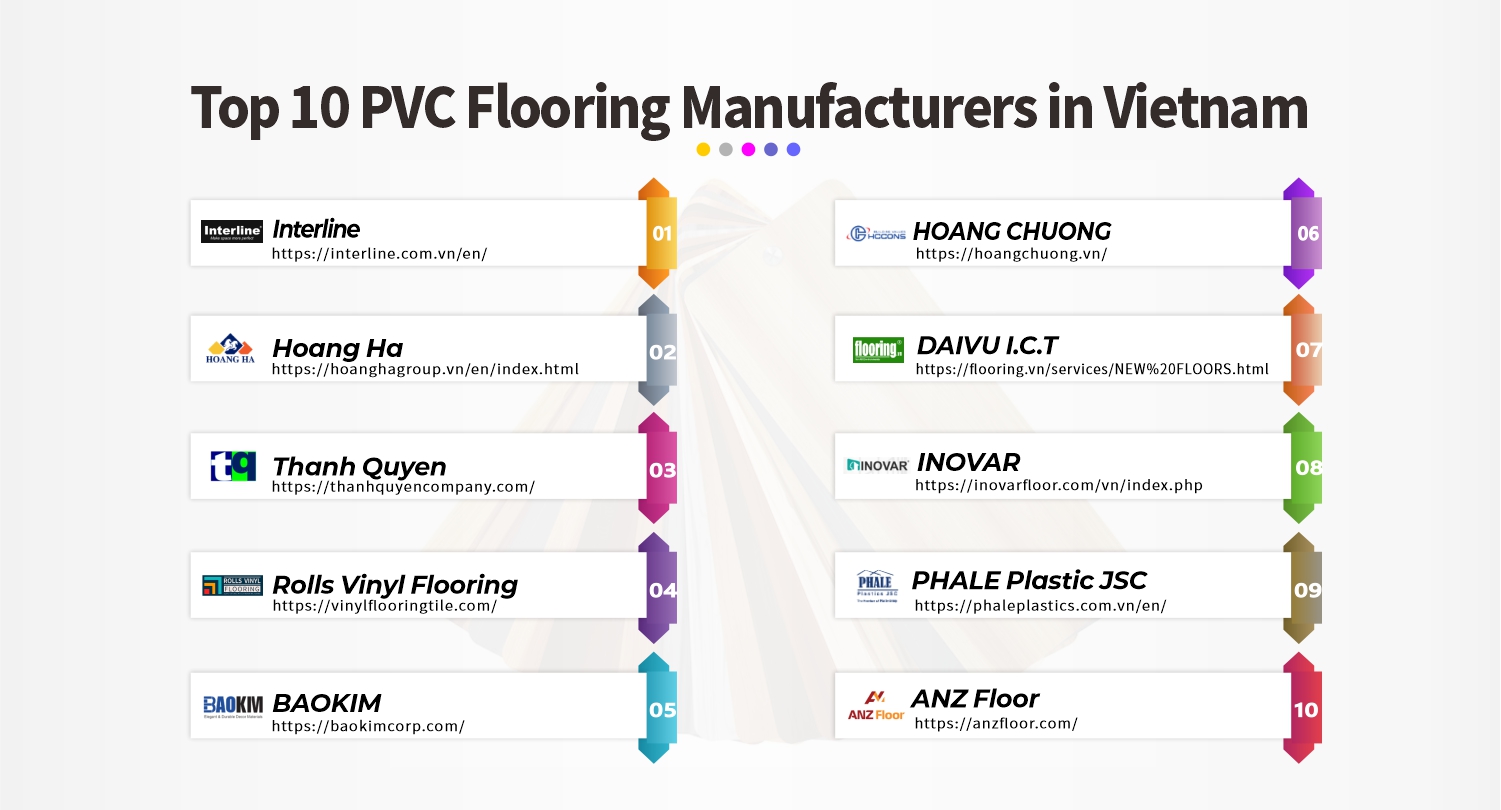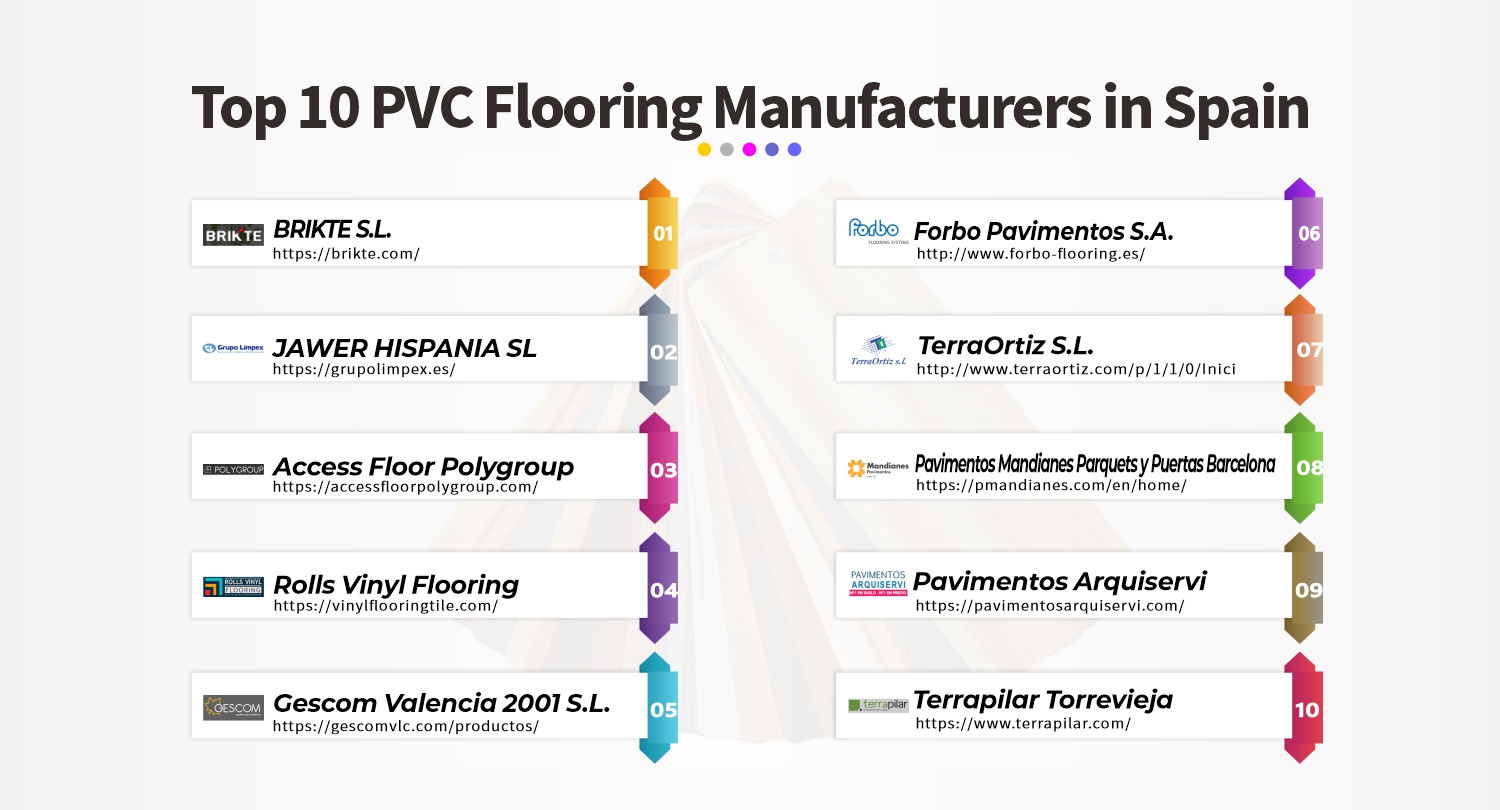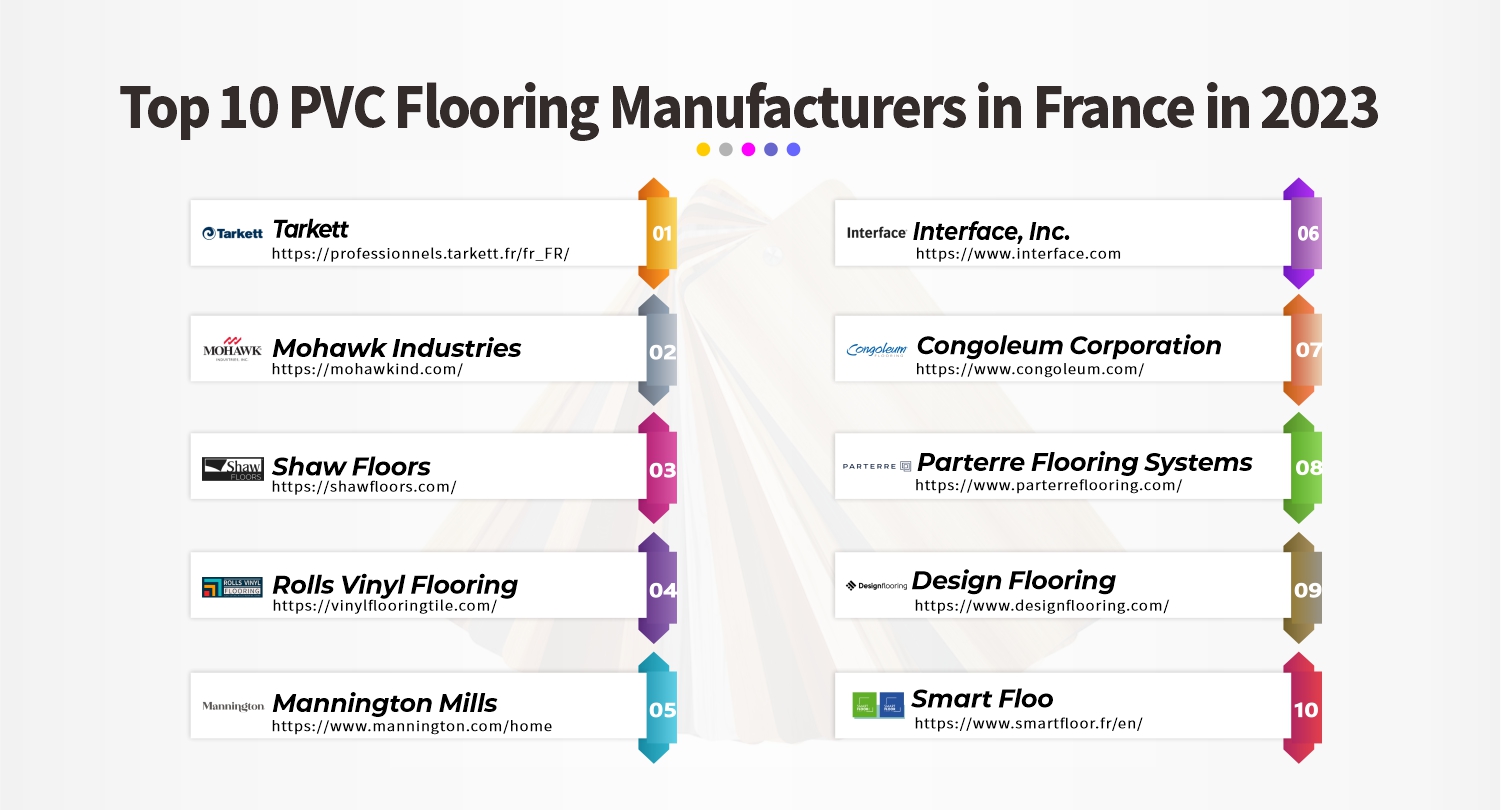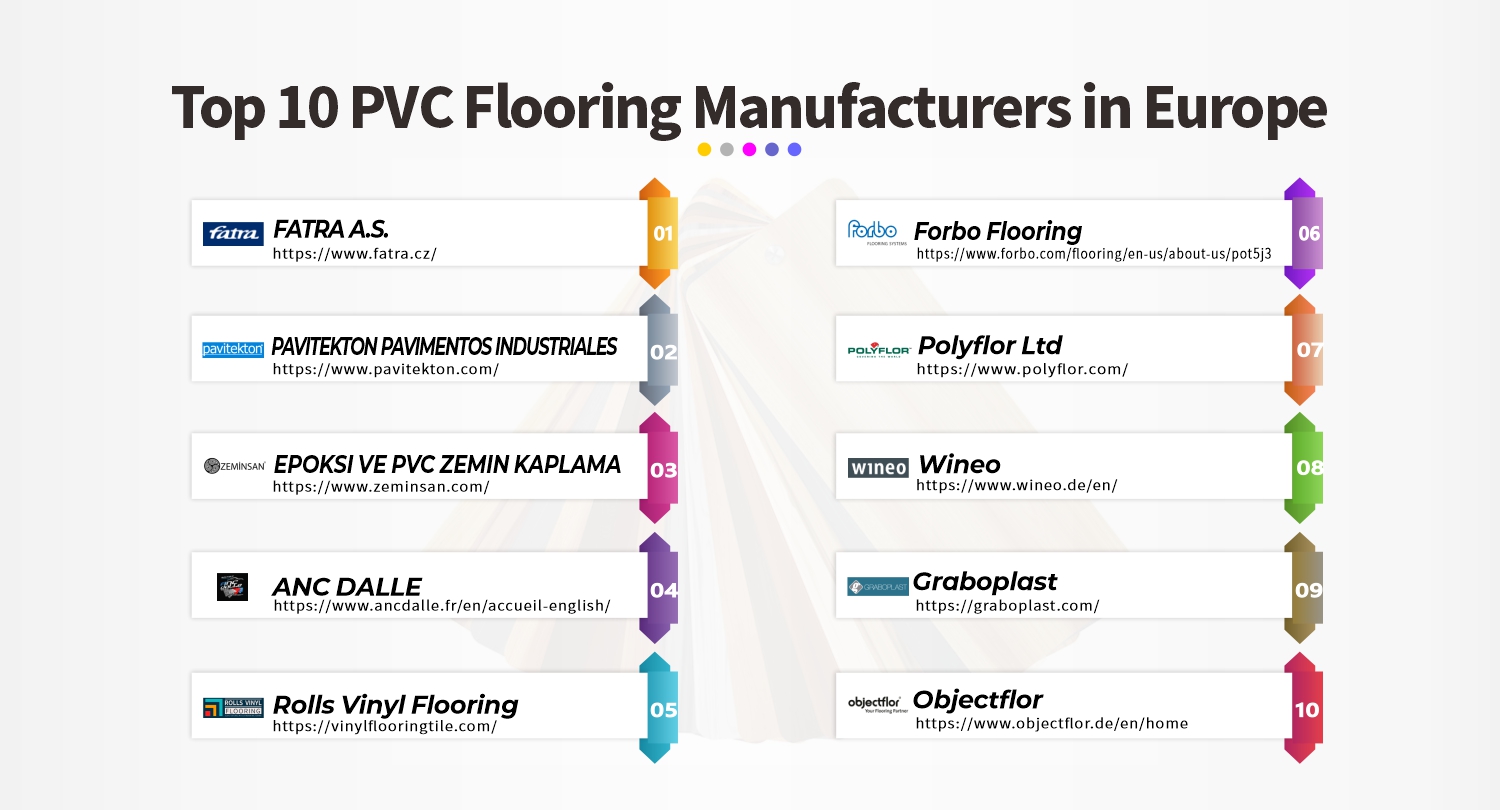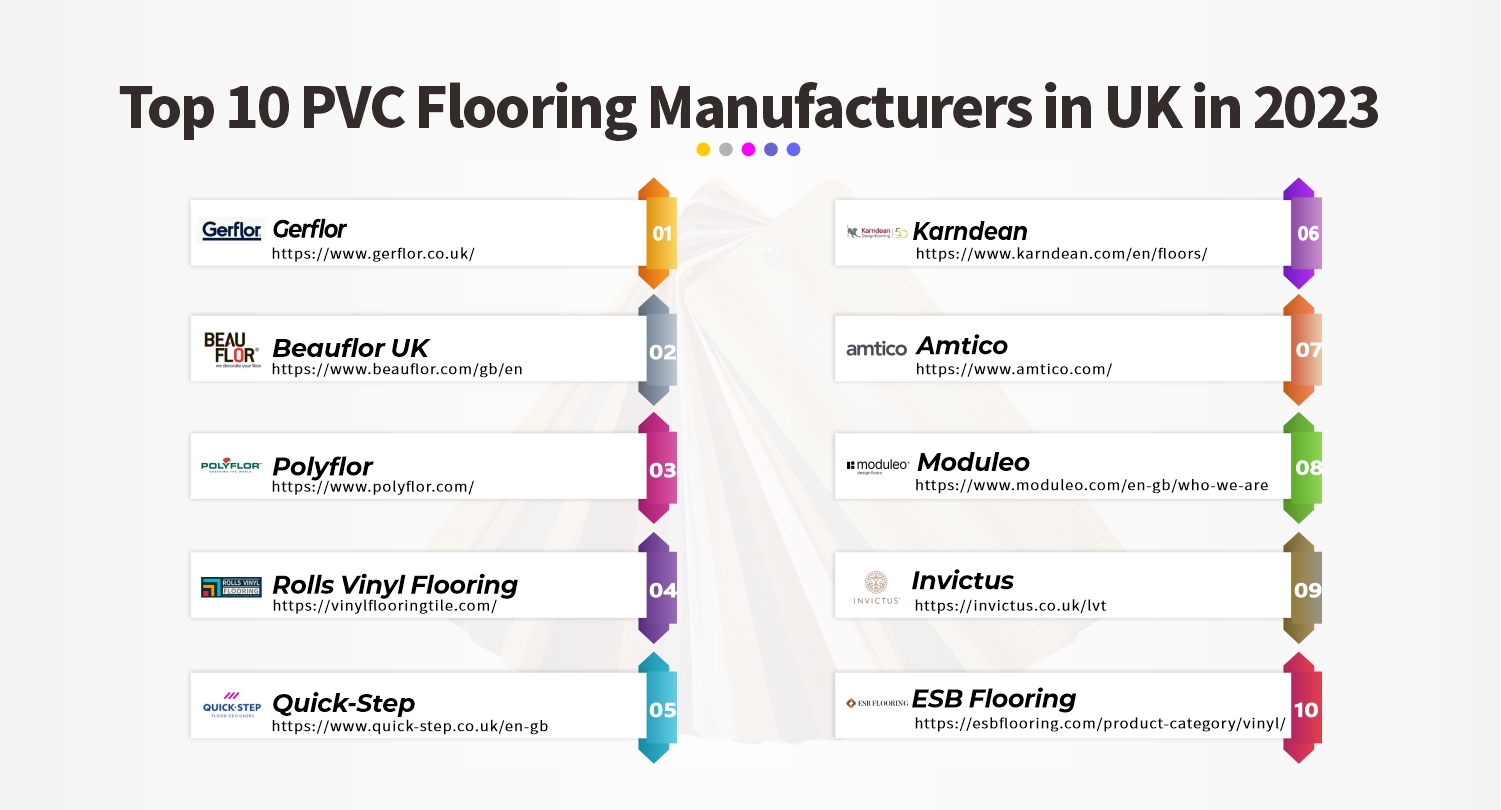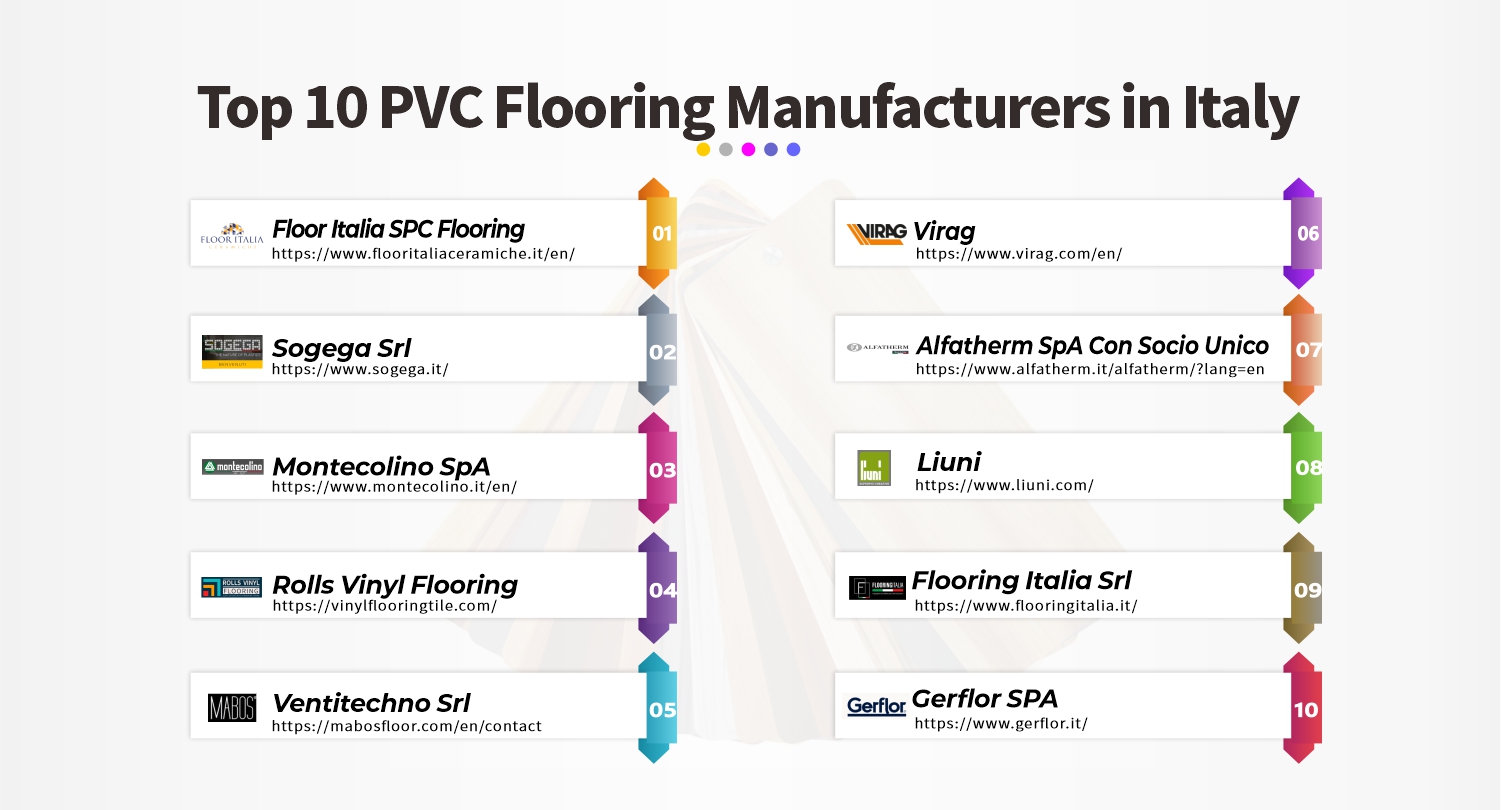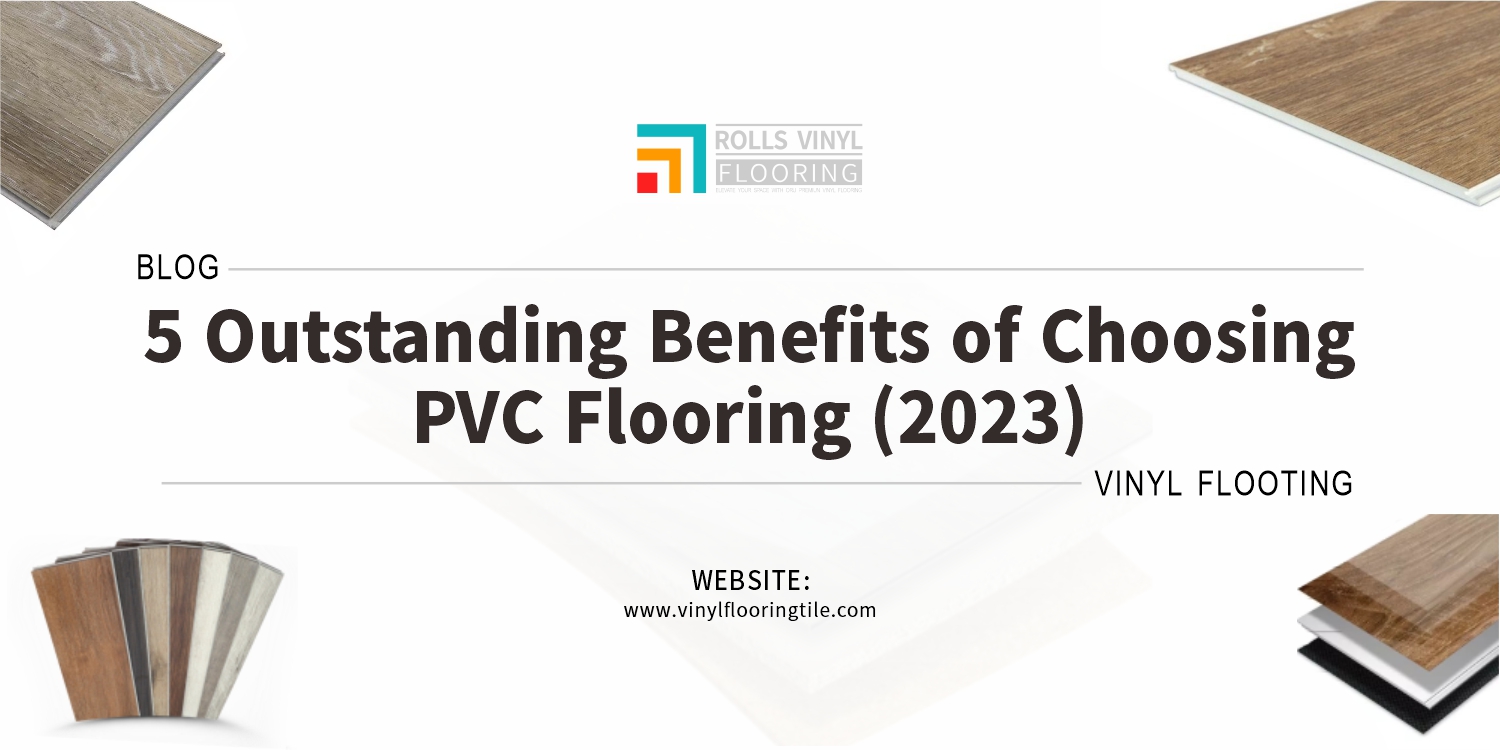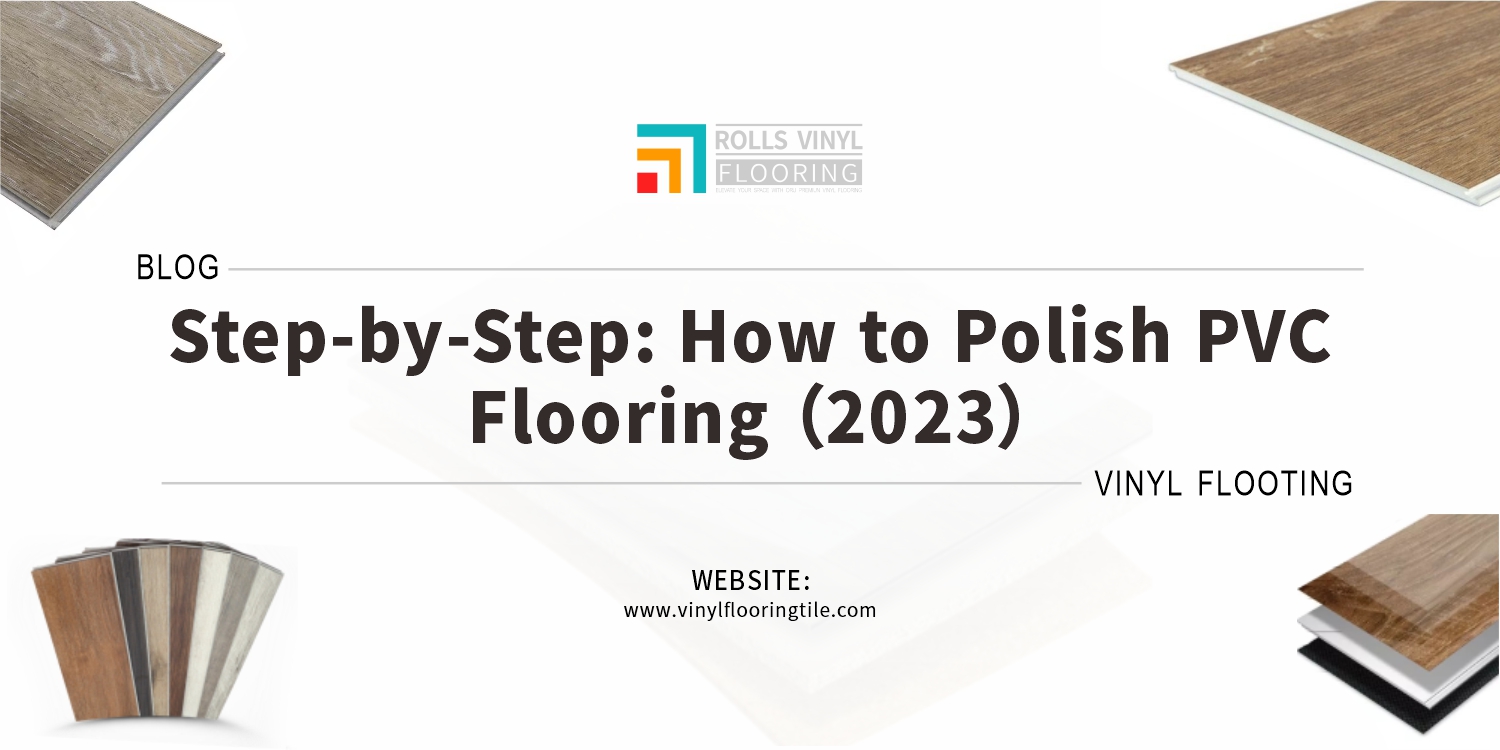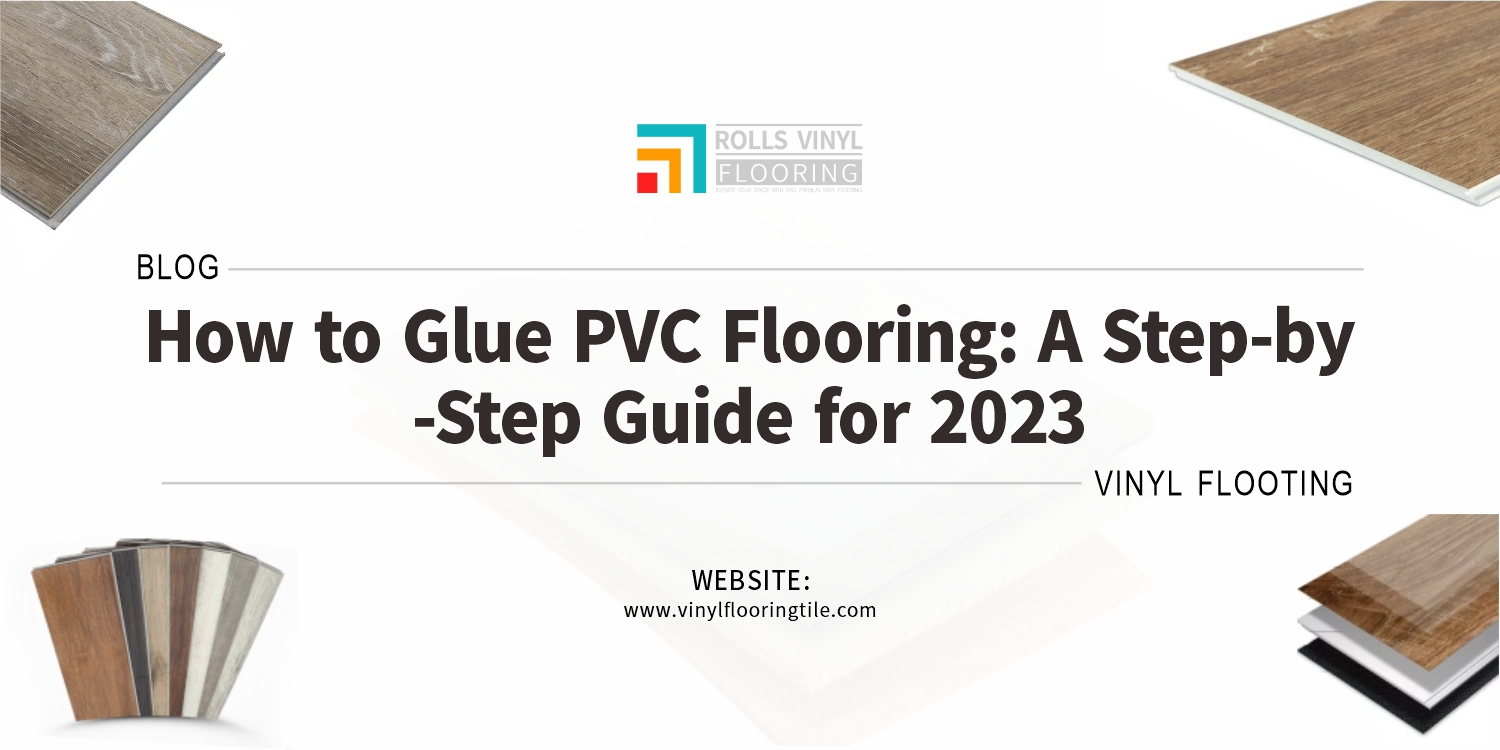LVT flooring has become increasingly popular in recent years due to its durability, affordability, and ease of installation. However, before making a decision, it is important to weigh the pros and cons of LVT flooring to determine if it’s the right choice for your home. In this comprehensive guide, we’ll explore the advantages and disadvantages of LVT flooring.

From the wide range of design options to the ease of maintenance, LVT flooring has many benefits. But there are also some drawbacks to consider, such as its susceptibility to scratches and its environmental impact. Keep reading to learn more about the pros and cons of LVT flooring.

1. Explanation of Luxury Vinyl Tile (LVT) flooring luxury
Vinyl Tile (LVT) flooring is a type of flooring that combines the luxury of traditional hardwood flooring with the durability and affordability of laminate flooring. It is made up of multiple layers, including a wear layer that protects it from scratches, stains, and fading and a backing layer that provides cushion and stability. LVT comes in planks, tiles, and sheets, and can be installed over nearly any existing surface, including concrete or even ceramic tile. It’s also easy to install vinyl plank flooring as it can be cut to fit almost any space and glued down with specialized adhesives.
LVT offers a range of designs that closely resemble traditional hardwood floors such as oak, pine, or walnut. Made from durable vinyl materials such as PVC or polyurethane, luxury vinyl planks are resistant to moisture damage, making them perfect for bathrooms or kitchens where spills may occur. Luxury vinyl tiles come in different thicknesses depending on the level of comfort desired; thinner tiles tend to be more flexible while thicker tiles provide more cushioning underfoot.
When compared to other flooring materials like ceramic tile flooring or traditional hardwood floors, LVT offers an affordable solution without sacrificing quality. Luxury vinyl plank often looks identical to real wood but at a lower cost and with less maintenance needed over time. As long as it is cleaned regularly with appropriate products designed for vinyl floors, LVT typically maintains its appearance for years.
2. Advantages of Luxury Vinyl Tile (LVT) Flooring
Durability and Longevity:
Luxury Vinyl Tile (LVT) Flooring is known for its impressive durability and longevity. Its construction, which consists of multiple layers of materials including vinyl, makes it a resilient option that stands up to wear and tear. The top layer is a clear wear layer that provides additional protection. This means that most homeowners can expect their LVT floors to last for many years with minimal maintenance. Additionally, luxury plank flooring is resistant to scratching, scuffing, and other minor damages due to its tough surface. This makes it ideal for households with pets or heavy appliances in high traffic areas where the floor may need to withstand more abuse than usual. Unlike traditional wood floors, luxury vinyl plank floors have a clear wear layer that protects the design layer beneath them. This means that most homeowners don’t have to worry about scratches or stains, even in high traffic areas. Furthermore, LVT is resistant to moisture and water damage and won’t warp due to moisture buildup like laminate flooring. The thick construction of LVT also makes it more resistant to dents and scratches caused by heavy appliances or furniture being moved around.
Low Maintenance:
Cleaning and maintaining luxury plank flooring is a breeze compared to other types of flooring such as hardwood. It can be easily swept, vacuumed, or mopped with only a handful of cleaning products designed for vinyl flooring. As for heavier cleaning tasks such as removing scuffs or stains, special cleaners designed for LVT must be used to protect the finish from fading or discoloration over time. Another major advantage of LVT Flooring is how low maintenance it is. Unlike other types of flooring such as hardwood or carpet, LVT requires only a handful of cleaning supplies and techniques to keep it looking great over time. Wiping up any spills quickly will help prevent staining, while regular sweeping and mopping can help keep dirt from accumulating in the vinyl’s grooves. In addition, most luxury vinyl flooring comes pre-sealed which prevents dirt from seeping into the material over time but still allows the material some flexibility so it won’t crack or become brittle as some other types of sealed floors might do.
Waterproof and anti-corrosion:
One of the most important advantages of Luxury Vinyl Tile (LVT) flooring is its waterproof and anti-corrosive features. This makes it ideal for areas that are prone to moisture, such as bathrooms, kitchens, and laundry rooms. LVT has a wear layer on top that helps resist water damage and keep the floors looking good for longer. Additionally, many LVT manufacturers have added an extra layer of protection against mold and mildew which further improves the life span of the flooring.
Beautiful designs:
Another great advantage to LVT is its ability to replicate the look of natural materials like hardwood or stone while still being more cost-effective than those materials. LVTs come in a variety of colors, textures, patterns, and finishes so you can find something that fits into any design style. It also comes in a variety of thicknesses so it can be installed either as one piece or as individual planks for easier installation in complex spaces. Plus, if you’re looking for a new floor but don’t want to go through the expense or hassle of replacing your current floor with laminate or wood, LVT is an affordable option that won’t break the bank.
Most manufacturers offer noise reduction benefits from their product by adding padding under each plank or tile which helps absorb sound better than most traditional floors. This means that whether you have pets running around or just people walking across it regularly, you won’t hear echoes throughout your home as other floors may create. Additionally, LVTs wear layers are significantly more durable than those found on traditional laminates making them more resistant to scratches, scuffs, and stains over time – making them a great investment for both homeowners and businesses alike.

3. Disadvantages of Luxury Vinyl Tile (LVT) Flooring
Environmental considerations:
Environmental considerations represent a major disadvantage when it comes to the use of Luxury Vinyl Tile (LVT) Flooring. The production process for LVT involves the mixing of a variety of chemicals, which can release volatile organic compounds into the air and water that can be harmful to the environment. Additionally, the production of LVT requires large amounts of energy, is typically made from non-renewable resources such as petroleum and oil, and generates significant amounts of waste in the form of plastic packaging or discarded flooring tiles. Concerning installation, adhesives used for LVT can emit hazardous gases like carbon monoxide and other VOCs during the application, which may require special ventilation systems to be installed to protect workers and occupants alike.
In terms of disposal and reuse of LVT, this type of material is not particularly easy to recycle due to its material composition. Furthermore, removal and replacement typically involve hazardous adhesives that can release VOCs into the air, as well as additional dust particles that can be dangerous if inhaled. As such, proper ventilation must be ensured when removing and replacing old LVT flooring to ensure safety. Ultimately, while there may be some environmental benefits associated with the use of Luxury Vinyl Tile compared with other types of flooring materials, it nonetheless cannot escape its environmental considerations when weighed against more sustainable alternatives such as cork or linoleum.
Difficult to remove it:
Luxury Vinyl Tile (LVT) Flooring is difficult to remove due to its construction and installation methods. During the installation process, LVT is bonded with a strong adhesive that forms a permanent bond to the subfloor. This makes it difficult to pry up or break off, even with special tools or excessive force. Additionally, due to its composition of plasticizers and vinyl binders, it is not as easy to recycle or reuse as other types of flooring. Removal usually requires professional help and can be costly in terms of both time and money.
The process of removing LVT flooring requires specialized tools, such as a pry bar and hammer, adhesives remover, and heat gun. In addition to the use of specialized tools, the process also requires time and effort for removal. Furthermore, due to the adhesive used in the installation, LVT flooring can often leave residue behind on the subfloor after being removed. If this residue is not completely removed when replacing or refinishing an existing LVT flooring installation, it can cause problems with the adhesion of the new replacement flooring or refinishing material. Additionally, if any pieces of LVT are left behind during removal they may need to be cut out manually to ensure even surfaces before installing a new floor. These factors all contribute to why it can be so difficult to remove LVT once it has been installed.

Easy to get faded:
Easy to get faded is one of the major disadvantages of Luxury Vinyl Tile (LVT) Flooring. This is because LVT flooring is made from a thin sheet of vinyl or composite material, which makes it highly susceptible to fading when exposed to direct sunlight or other sources of ultraviolet radiation. Fading can be especially noticeable on lighter-colored LVT flooring, as UV rays can quickly bleach them out and make them look dull and worn. Additionally, fading can be accelerated by certain cleaning agents or if the floor is regularly subject to abrasive techniques such as scrubbing with harsh brushes or sponges. While some manufacturers offer warranties that guarantee their products won’t fade, most consumers find they must replace their LVT floors after a few years of exposure. Ultimately, if you’re considering LVT flooring for your home, it’s important to weigh this factor into your decision and take steps to protect your floors from UV light and harsh cleaning agents whenever possible.
With its affordability, durability, and low maintenance requirements, LVT flooring is an attractive choice for many homeowners. However, it’s important to consider the potential downsides as well. By weighing the pros and cons of LVT flooring, you can make an informed decision about whether it’s the right choice for your home.


